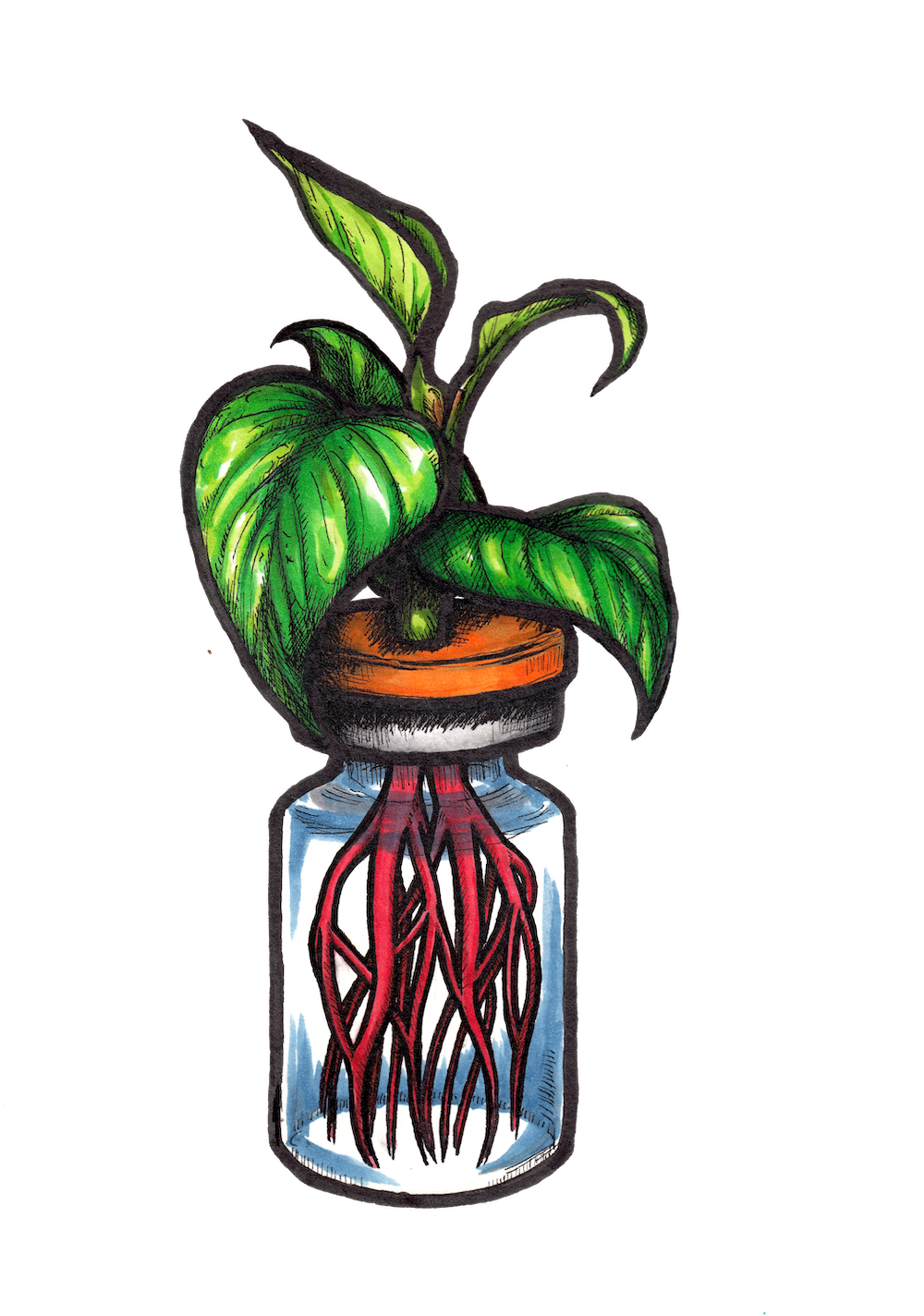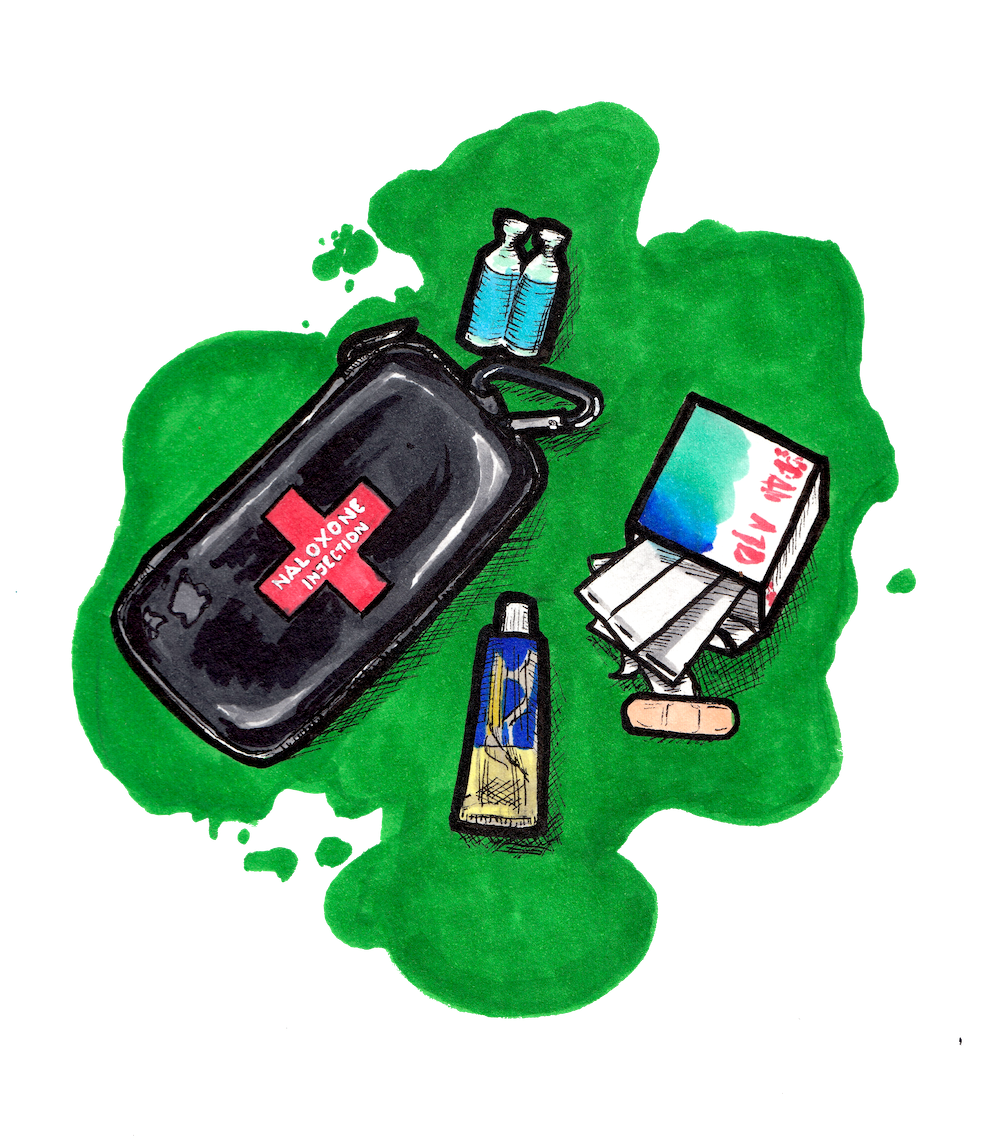Sound radical?
Well, it’s already happening. For example, starting January 31
st, 2023, British Columbia is removing possession charges for up to 2.5 grams of certain illicit substances (BC Gov News, 2022). The exemption, which the province applied for federally, is currently set to be in effect until 2026. Under the new policy, law enforcement will neither arrest nor charge individuals for possession within the 2.5 gram limit, and rather than confiscating the drug they are instructed to “offer information on available health and social supports and will help with referrals when requested” (BC Gov News, 2022). This shift is being made with the intention of building of a “continuum of care” (BC Gov News, 2022), which should help to bridge some gaps when it comes to community assistance for street-involved and otherwise marginalized individuals accessing addiction supports.
The New Democratic Party, Liberal and the Green federal parties’ platforms currently -as of August, 2022- state that they would intend to invest in educational anti-stigma campaigns, as well as strengthen public funding for evidence-based treatments of problematic substance use that don’t necessarily aim for long-term abstinence. The Conservative party opts for what they term a “recovery based” strategy which has reduced funding and access to harm reduction programs like Safe Consumption Sites - a strategy that has proven disastrous for Albertans, with thousands of lives lost to drug poisonings since the party took power in April 2019 (CBC, 2021).
It is our responsibility as citizens and neighbours to stay informed on these important platforms and get involved when possible. One of many great starting points for getting involved is to find out who your city councillor is and send them an email stating your concerns about the lack of accessible, pragmatic healthcare options for individuals with substance use disorders, as well as why you believe it is necessary to increase funding for these vital harm reduction programs.
Find your councillor in Edmonton:
https://www.edmonton.ca/city_government/city_organization/city-councillorsOther important figures to voice concern to provincially would be politicians who are currently appointed to the Alberta Ministry of Health. Their contact information is also available on the Alberta provincial website.
https://www.alberta.ca/health.aspx





